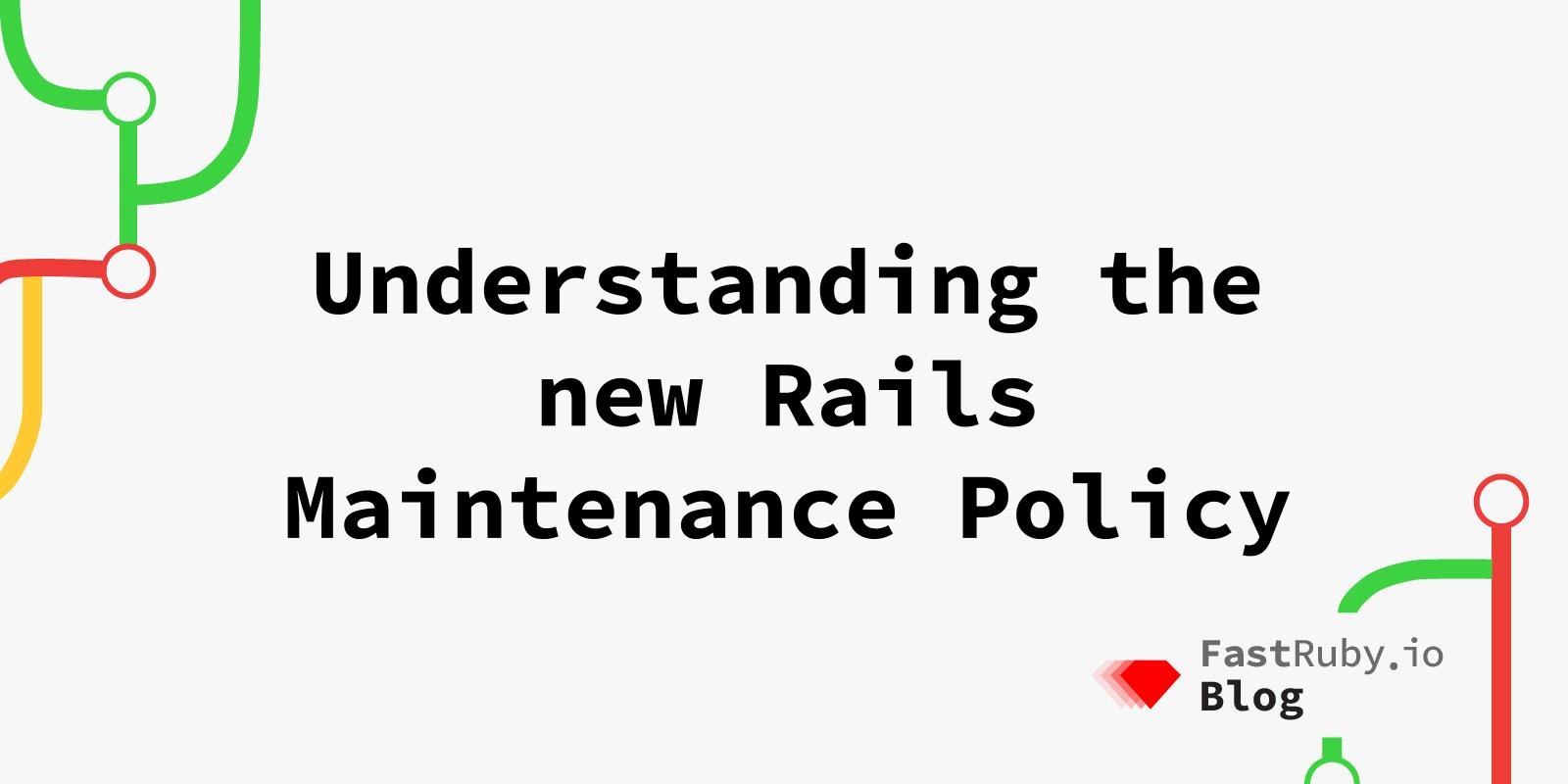
Understanding the new Rails Maintenance Policy
Ruby on Rails has a new maintenance policy and it can be a bit confusing as to what it means for both new and existing Rails projects. In this blog, we are going to summarize all the details, changes and important dates to help your team plan your next upgrade.
Let’s take a look!
It is important to note that the new policies will apply to only the new releases , beginning with the Rails 7.2 release.
One of the biggest changes in the way the core team is maintaining releases is that they will now be maintained by a pre-defined, fixed period of time between 1-2 years which we will explain in further detail below.
Supported Categories
Support is now split in only 3 groups:
- New features
- Bug fixes
- Security fixes
New Features
- The Rails team aims to add new features every 6 months.
- The new feature additions will only be available to the main branch for only major and minor releases. The newly added features will not be available in patch releases.
- If no releases have been made in the one year time frame, support for the latest release will be extended until there is a new release.
Bug Fixes
- Minor releases will only receive bug fixes for 1 year after the release date. Once this date expires, the release will be considered unsupported.
- If Rails 7.2.1 is released, for example, on December 1, 2024, then it will only be supported and receive bug fixes until December 1, 2025, when it will be officially considered unsupported.
- The new bug fixes will be added to the main branch and backported to the stable release of the latest series if necessary.
- A new patch release will only be released if there are enough bug fixes on a x-y-stable branch .
The following will receive bug fixes:
- 7.2.x until August 09, 2025
- 7.1.x until October 01, 2024
Security Issues
- All minor releases will receive security fixes for up to 2 years only after its release.
- Once this date is expired, the release will be considered end-of-life.
The following will receive security fixes:
- 7.2.x until August 9, 2026
- 7.1.x until October 1, 2025
- 7.0.x until April 1, 2025
- 6.1.x until October 1, 2024
Security is an integral part of maintaining a projects compliance, making this is an important change to be aware of. Check out this blog to learn more about how to identify when your app is not compliant .
You can find updated information regarding the type of support releases will receive as well as the end-of-life dates to ensure you are running your project on a compliant version of Rails at endoflife.date/rails .
Conclusion
A lot is changing with the way that Rails applications will be maintained beginning with the release of Rails 7.2. It is extremely important to understand what this will mean for teams that are currently running on versions prior to these changes. There is a lot at risk when a project is unsupported and still operating on a version that is EOL or nearing EOL. Knowledge about what the new maintenance policies mean for your project can help benefit your team by planning ahead and making upgrading to a supported version a priority.
Ready to upgrade your Rails application but not sure where to start? We can handle it for you! Let us help!
Happy Coding!
